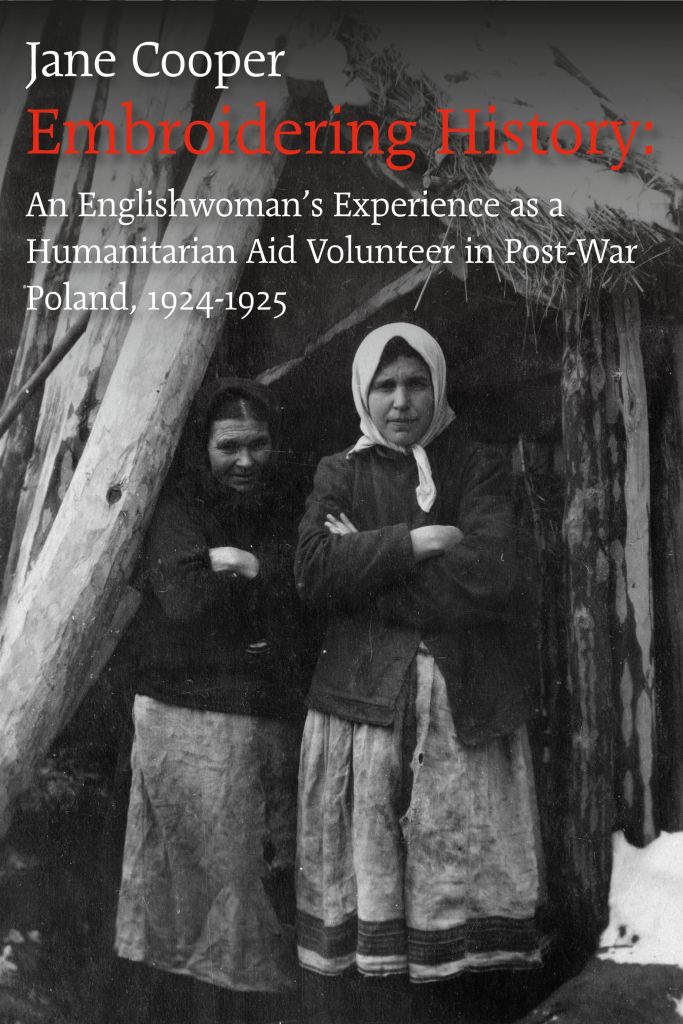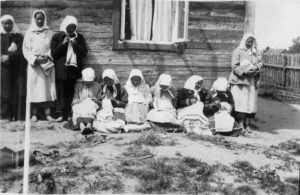Embroidering History: An Englishwoman’s Experience as a Humanitarian Aid Volunteer in Post-War Poland, 1924-1925. Derby, UK: DB Publishing/JMD Media, 2011. ISBN-10: 1-78091-143-2, ISBN-13: 978-1-78091-143-4. 160 pages.
Embroidering History: An Englishwomanʼs Experience as a Humanitarian Aid Volunteer in Post-War Poland, 1924-1925, provides a glimpse inside the inner workings of an early humanitarian aid project through the lively letters of a middle class English woman who steps out of her depth into rural village life in post-war Poland of 1925. She leaves teaching to volunteer with a Quaker project providing income generating work for refugee peasant women. Along the way she encounters recalcitrant Belarusian peasants, manipulative local government officials, excitable bourgeois Poles, and altruistic American Quakers. And few of them really meet her British expectations of how things ought to be done.
Margaret Tregearʼs prose remains crisp and immediate, and her frank letters take the reader into a world where her frustrations are balanced with an intense curiosity, and a desire to explain her experiences to her friends across Europe.
A carefully researched introduction places the project in the wider context of humanitarian aid provision in the aftermath of WWI, and explores how the different motives and expectations of the people involved – international staff, local staff, project beneficiaries, and local power brokers – shape the projects outcomes, and reveal conflicts rooted in culture and power that will resonate with anyone interested in international aid today.
Embroidering History brings typed letters from the 1920s into the e-reader of the 21st century, bridging time and technology to make history accessible and relevant to history buffs and modern aid workers alike.
Amazon for print-on-demand (POD) paperback
eBook for Kindle, via Amazon
eBook for Kobo eREADER
Embroidering History Extract
Embroidering history AI
“Embroidering History will be welcomed by humanists, history enthusiasts, and those interested in the way the aid industry is evolving. It will also fascinate those of us who love to write journals; Tregear’s letters are exemplary, richly anthropological, and colorful in their detailed account of the human spirit. They also provide a glimpse into the inner workings of an early international development project, as she weaves together her own colorful embroidery portraying the trials and tribulations of her efforts and those of the peasants she tries to help.”


